 Roberto Benigni: An example of Italians thumbing their nose at life while they keep on smiling. Roberto Benigni: An example of Italians thumbing their nose at life while they keep on smiling. There are many truths about Italy that people never discuss and few even know about. Here are a bunch of interesting truths I've discovered about Bello, Pazzo Italia: 1. Naples and New York City are on the same lines of latitude (both being the same distance from the North Pole and the Equator). Their weather should be the same. New York can have a lot of snow and even blizzards each winter, while snow in Naples is very rare. New Yorkers will be bundled up in October with frost on their pumpkins, while in Naples the locals could still go to the beach for a few last swims. 2. The word pizza is one of the most understood words all around the world, in any language. It's right up there with Coca-Cola and OK. Put them all together and you can order a pretty decent meal just about anywhere on Mother Earth... "Pizza, Coca-Cola, OK?" 3. The average Italian earns nearly $28,000 per year, with those in the South earning far less and those in the North earning as much as $40,000 annually. That's some crazy distribution of wealth! 4. Italy has a larger proportional senior population than the United States... 20% of their population is over 65 where in the United States it's only 14%. Eating all that pasta, taking 2-3 hour lunch breaks and the antioxidants in tomato sauce must be doing some good! (It's almost lunchtime... I'm going to have some pasta and then lie down for a few hours.) 5. Italians are increasingly reporting that, despite their nation’s reputation for amazing natural beauty, good food and wine, some of the best art in the world, and a laid back lifestyle and longevity, they are not happy. The country legalized divorce, contraception, and even abortion in the 1970s. The current population shows that Italian families have 1.27 children each. Perhaps they should go back to having large families like their great-grandparents did and the happiness will return. Perhaps they need to put in place a truly centralized government that doesn't give preferential treatment only to the large industrial or biggest tourist regions. 6. The population of Italy is over 60 million, fast approaching France's 66 million. France is a much larger country with more space for its people. It's a good thing Italians drive such small cars or the place would really feel crowded. 7. In Italy, people over 18 can vote--well, almost true. That's only for local and general elections. You have to be over 25 to vote in the senate elections. To be elected for the senate, you must be at least 40. Italian Youth = Taxation Without Representation. 8. The unemployment rate in Italy is high at 13.4%, but this is a national average. The shocking truth is that in the South the numbers reach over 18%. To illustrate the difference between North and South, in the North the unemployment rates are less than 0.6%. This could be the reason we found a lot of abandoned properties in the southern part of Italy. Many young people told us they were planning on heading to Rome or Milan or leaving for the U.S. 9. Many of William Shakespeare's stories were set in Italy... Julius Caesar, Much Ado About Nothing, Romeo and Juliet, The Merchant of Venice, Othello, Antony and Cleopatra, A Winter's Tale, Coriolanus, Cymbeline, Taming of the Shrew, Titus Andronicus, and The Two Gentlemen of Verona. Despite all of this, there is absolutely no evidence that Willy Boy ever stepped foot in Italy, chowed down on pasta and Chianti or had a slice of pizza. Willy, you don't know what you missed. 10. The piano was invented in Italy around 1700 by Bartolomeo de Francesco Cristofori, a harpsichord maker. Besides piano meaning piano in Italian, it also means floor. 11. Eau de Cologne sure sounds French, but it came from Cologne, Germany. To add stinky insult to perfumed injury, an Italian invented it... Giovanni Maria Farina, who later changed his first name to Johann. Take that, you perfumed Frenchies! 12. The Italians got pasta from China, right? Wrong. Way before Marco Polo went to China in 1292, Italy had already been enjoying pasta for several hundred years. After visiting Sicily in 1154, Arab geographer Idrisi wrote about a food people made from flour and turned into long strings. Sound familiar? 13. Italy has always produced cars... That teeny car, the Fiat 500 is only part of an entire automotive empire which owns the legendary brands of Lamborghini, Ferrari, Maserati and Alfa Romeo. Much like the Roman Empire, Fiat now has its sights on taking over the world. It now owns all the Chrysler brands. Toyota, bring out your legions and defend yourself! 14. Pizza is said to have originated in Naples. Don't you believe it. The word "pizza" was first documented in 997 AD in Gaeta, about 60 miles north of Naples. But flatbread pizza--called panis focacius by the Romans--was eaten 2000 years ago all over the Roman Empire. Similar to focaccia of today, various toppings were added to turn the flat bread into a complete meal. 15. Tomatoes are not native to Italy. Originally found in the Americas, they were brought back to Europe in the 1500s. Many were convinced that, like its cousin the nightshade plant, they were poisonous. When Italy got a hold of them, they crushed and cooked them. Later, in the Naples area they started putting the red sauce on top of flatbread--the modern style pizza was born. 16. Italian Inventions: Ice cream cone, car battery, wireless communications, nitroglycerin, thermometer, nuclear reactor, eyeglasses, Pinocchio, the typewriter and the telephone (look up Antonio Meucci). 17. Italians are 95% Roman Catholic but only about 30% go to church each week. But they all wear crosses or their patron saint around their neck, so they're covered. Father forgive them. 18. About 35% of Americans are obese. Even after consuming 26 gallons of wine, 182 pounds of bread, and 55 pounds of pasta per person each year, only about 8 1/2% of Italians are overweight. It must be due to all those hilltowns and closed restaurants at lunchtime. 19. The old Jewish Ghetto in Rome is now one of the most expensive places to live in the city. 20. From the end of World War II to the present day, Italians have gone through over 60 governments. I wonder if they have a Tea Party or Pasta Party? --Jerry Finzi You can also follow Grand Voyage Italy on: Google+ StumbleUpon Tumblr Please, stop by our SURVEY and spend 60 seconds telling us how we could make our blog better! Grazie!
2 Comments
Before unification in 1861, there were a bunch of independent kingdoms, duchyies and states that were to become Italy--16 of them, to be precise. Today, there are 20 regions (they don't call them "states"). Yes, they've actually gained a few. Each region has it's own deal with the national government, with five retaining autonomous status from the national government. They have to finance the health-care system, the school system and most public infrastructures by themselves. Add another thing into this mix... Italy is also divided into 26 voting districts (for their Chamber of Deputies) and another 20 representatives--one each for the 20 regions.
This is one of the reasons why Italy functions in such a confusing manner. It is still not really one, single cohesive country, at least not like we're accustomed to. Italians are very region-proud. The North looks down its nose at the South. Tuscany thinks it's the "real" Italy because of its Etruscan roots. Lazio gets all the "grease" because it has Roma. Most of Italy thinks people from Calabria are backward and stupid. People think Basilicata is full of bandits. And Sicily can't seem to heal the scar of the Mafia. Of course, these stereotypes are losing any validity as all of Italy comes into the modern world, but Italians are still wary of one another. It's like that old joke I heard long ago: "Mom, I brought a girl home to meet you. But she's Jewish", says the son. "Non-ja worry. I treat-a her like-a my own daughter". Next girl friend... "Mom, she's black". "Non problema. I treat-a her like-a my own daughter". Then, he brings home the girl he's planning to marry. "Mom, I'm gonna marry this girl... and she's ITALIAN!" With one eyebrow turned down, and the other eye full of malocchio, Momma demands to know, "What part-of Italy she come-a from??!" --Jerry Finzi Just wanted to show a little illustration of the skewed logic of the way things work in Italy. I drove pass this crosswalk several times when staying at Mormoraia agriturismo, just outside of San Gimignano. It comes from nowhere and goes nowhere. There was an older house on the other side of the wall, which itself looked old. The other side was an impenetrable hedge with a field beyond. This whole installation must have cost tens of thousands of Euros. It has its own solar powered street lamp, signs on posts, speed bump and fancy reflective painting. Location was just outside of San Gimignano.
Hugo, our host at Trullo Gallo Rosso sent some photos of an unusual event on New Year's Eve... Southern Italy had snow. It covered the already magical landscape and architecture with thick snow. I thought I would share my two favorite ones here...
Lucas and I have been making gingerbread houses for quite a while now. We've made a church, log cabin, an Irish cottage and one year we made a huge, detailed copy of our own house. Every year we debate and argue about what we will create. This year there was no disagreement... we both wanted to build a trullo gingerbread house for the Christmas holiday, modeled after the trulli that we saw (and stayed in) in Puglia. Well, it came out fantistico! Here are the results:
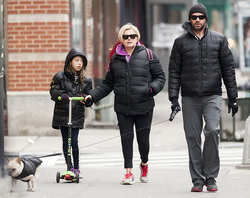 Hugh Jackman & Family al fresco, even the dog has a puffy jacket. Chic. Hugh Jackman & Family al fresco, even the dog has a puffy jacket. Chic. When we say al fresco, we mean we are dining outside, at a picnic or in an outdoor cafe. When Italians say al fresco they are talking cool... cold, breezy, chilly, shady.... something they avoid at all costs. When they are fresco, they put on their puffy jackets and scarves. If you want a cold drink, ask "e fresca? Of course, you won't get it. Fresca also just means fresh, or room temperature. 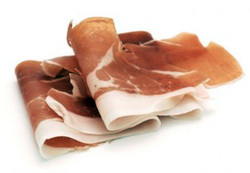 If you see Prosciutto as an ingredient here in the States, it's very Italian... that fatty, paper-thin salt cured ham, usually from Parma. But in Italy prosciutto is just ham--any ham. When asking for what we call prosciutto in Italy, look for prosciutto crudo (raw), even though it's not exactly raw. Cooked ham is proscuitto cotto (cooked). For what it's worth, ask for Speck if you want to try a much drier, smoked prosciutto. Delizioso! Then there are the English words that were re-invented by Italians. Italians don't go jogging, they go footing. If you want to rent a tuxedo in Italy, you really want to ask for a smoking. Yes, as in smoking jacket. And if you want to put your child into day care, you want to look for baby parking. Hopefully, not in a lot. After the kid is parked, and you want to go out to to a dance club, you want to find a night, I suppose, even if the club is open during the day. (Why not notte, the Italian word for night?) I guess that's better than the French calling a nightclubs a boîte (box). Which reminds me, in Italy you put your car into a box, not a garage. And your baby goes into a box too, not a playpen. Just don't get them mixed up. --Jerry Finzi Best Cheese Monger: Marusco e Maria Enoteca, Pienza Marusco showed us many types of pecorino cheese and let us taste several gems. You see, his shop specializes in sheep's milk cheeses. The word percorino is derived from pecora (meaning sheep). He also drizzled a bit of amazing balsamic vinegar on some cheese... thick like molasses. (We brought some home). Amazing flavors and smells in this shop, and the best part was Marusco, an older country looking gent that made us (and young foodie, Lucas) feel right at home. Corso il Rossellino, 19, Pienza, Italy We decided we needed to award the Finzi Family Best of Italy Awards! The voting was tough and competitive. There may have been some improper influencing. Under the table and back room deals were struck, but... here they are: 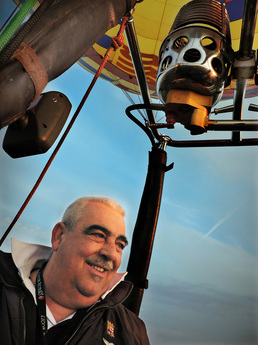 Best Hot Air Balloonist: Stefano Travaglia, Idea Balloon I'm so glad I picked Stefano for our hot air balloon ride in Tuscany. What sold me was, unlike other balloon "adventures" that pop up a folding table where you land and pull out the cheap Champagne, plastic cups and cheese, Stefano and his wife and partner balloonist Gianna take you back to their wonderful country home to feast on local breads, cheeses, salamis, honey, local Prosecco and more. We shared conversation, met their many dogs, and were welcomed in their 400 year old house (what a unique kitchen). They are genuinely sweet people with a master level of professionalism on their flights. Stefano has actually taught many of his competitors to be balloonists, speaks excellent English and loves life. http://www.chiantiballooning.com/ballooning_in_florence.html Best Cheese: Cacciacavalo Cacciacavalo literally translated means "hunter horse". These cheeses are an unusual cu-pie doll shape. Horse or donkey riders would tie a rope around the cheese's "neck" and hang them from their horse. Easy way to carry around a snack. You might find it softer or harder--more aged. Great with fruit, pasta or even with a little honey on top. We liked it best with a crust of bread and some wine. Look around for it. You can find it in the States in specialty shops. 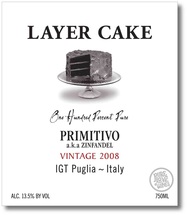 Best Wine: Primitivo Primitivo is the most common wine in Puglia, an area which produces most of Italy's wine. (Who knew?) It's robust, spicy, bold like a Chianti and more important to us, affordable. A nice thing about Primativo... it's available here at home for well under $20 a bottle and always tastes great. 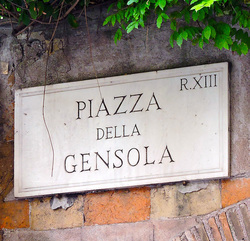 Best Apartment: Gensola in Trastevere This had the coldest air conditioning, the friendliest maid/caretaker, the cleanest bathrooms, the comfiest beds, the most TV stations (even a few in English), the fastest, most reliable Internet/Wifi, and a great location to explore from. If I were rich and wanted a little pied-a-terre apartment in Roma, I'd buy our little Gensola apartment. It was that perfect. BOOKING.COM 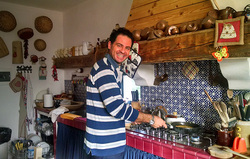 Best Hotel Host: Hugo, Trulli owner, Trulli Gallo Rosso, Puglia When we first met Hugo, we thought we were entering his home--because this is his home--he treats you as true house guests. First he gave us many brochures and maps of the area, being sure to point out things he thought WE would like. His breakfasts are amazing--all prepared by him in his kitchen. He even shared with us some specialties that were not on his buffet table... some sweet marinated orange figs and cheese, and some of the strong tasting--and smelling--ricotta forte. He made special hot chocolate for Lucas. He brought out some wine for us. His smile shows that he loves taking care of his guests. Bravo, Hugo! BOOKING.COM 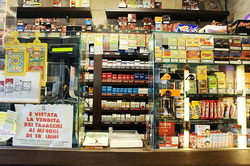 Best Interaction with a Local: Georgio, tobacconist/Hotel Desk, Al Duomo Molfetta This was a quick meeting. I met Georgio when checking out of our Molfetta apartment. When he learned that my Dad was born there, he started talking about Hoboken, NJ (where many from Molfetta immigrated) and talked about the time he went to the U.S. to live for a while. He spoke English well and seemed to be a man of heart. When I talked about going down to the sea with Lucas to bless ourselves in honor of my Dad he put his hand to his heart, looked at Lucas and said, "Our fathers are always still inside us... part of us. They become part of who we are." His tall frame, balding head and dark skin reminded me of one of my uncles. You wouldn't expect such a huge brutish looking man to be that philosophical and tender. I'll always remember his face and his heart. 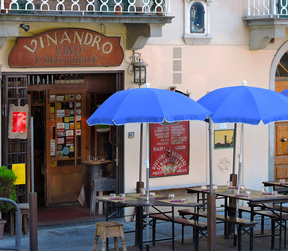 Best Restaurant/Best Meal: Vinandro, Piazza Mino, Fiesole This is a small place with a few tables outside and space for perhaps 10 people inside. We had the best meal in Italy here. Very authentic. Wild boar stew, mozzarella balls, gnocchi, vegetable risotto, and more. Great food. Authentic and rich. The staff and owner were very friendly and the location couldn't be better. Just up the hill from Florence, Fiesole is a great respite away from the crowds. 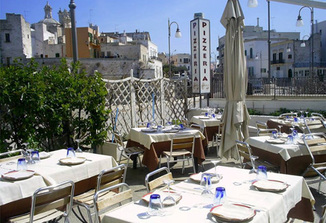 Best pizza in Italy: La Terazza, Polignano a Mare, Puglia We weren't expecting such fantastic pizzas here... we'd been underwhelmed so far by pizzas in Italy. But this place was amazing. They make artisan pizzas with various authentic toppings. We had individual pizzas that filled our plates and our bellies. Lucas had one with hot sausage on it, Lisa's had eggplant and grana padano cheese, mine had sweet sausage, pesto and pignoli nuts. They also have incredible fresh seafood, pastas and amazing local pastries. Via San Vito, right across from the beach cove in Polignano a Mare, Puglia. On FACEBOOK 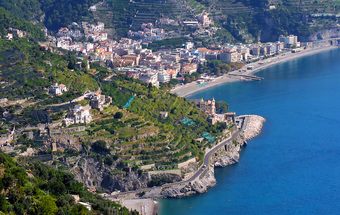 Best View: Amalfi Coast (almost anywhere, but especially Ravello) This was a hard one to decide on. We all had sort of a love/hate relationship with the Amalfi Coast, but then agreed that by far it gave us the most amazing views--not just view but viewS. Sure, we sacrificed near collisions just to be there, but we did it and those views are glued into our memories. Just about everywhere on the Amalfi Coast has dreamlike, mystical views. You'll start seeing them even as you start descending from the mountains above. Each town is unique but has something to see from every direction. The high vantage points look down toward the sea and the cliff towns. The low vantage points make you dizzy looking up at the cliff towns. It's a dream come true. If you drive the Amalfi Coast, stop as often as you can and look both east and west so you don't miss any of the incredible views (Lucas said, if you don't get run over by a bus, that is.) And if you are on one of those buses, relax and pity the poor car drivers... Amalfi Coast on LONELY PLANET 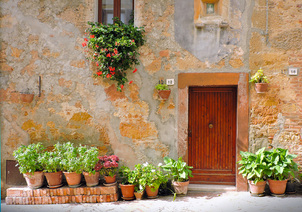 Best Village: Pienza, Tuscany By far, Pienza was the prettiest, most charming, beautiful village we visited in Italy. We think it would be a great place to live. It's a hill town, but in the old part of the village there really aren't any extreme hills like in other hill towns, so walking is easy. The food is great, it's a center for sheep's cheese and bread, and the views from the promenade along the south side are amazing. Exactly the kind of undulating hills you'd expect to see in Tuscany. It's also centrally located for a longer stay as a hub. Pienza was also a close second for Best Views. Pienza, SI (Siena/Southern Tuscany), Italy MORE about Pienza 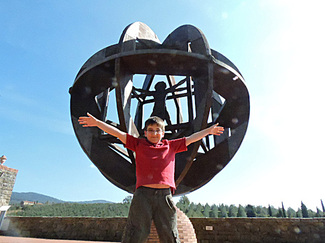 Best Museum: Da Vinci Museum, Vinci No, it's not the Vatican Museum. We chose the people and kid friend Da Vinci Museum. Museums should be a place to learn, be inspired and should display their exhibits well. This had it all and was very educational to boot. Lucas loved it. Lisa was surprisingly impressed with Da Vinci's inventions and me, well I was always a fan of his. Want to touch greatness? Go to Vinci. http://www.museoleonardiano.it/eng 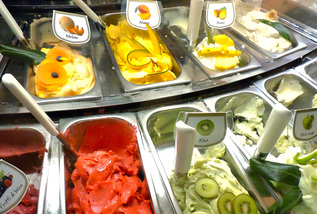 Best Gelato: Gelateria Dell'Olmo, San Gimignano This place was the most creative we found in all Italy. Kiwi, mixed berries, mango, melon, fondant chocolate, coconut--you name it. All made in-house by artisan gelati makers. There is a restaurant too (next door), so if you are there for lunch or dinner, don't forget to have the gelato afterwards. If not, just get a cup or cone and sit on the cisterna steps in the middle of the piazza. Piazza Della Cisterna 34, 53037 San Gimignano, Siena, Italy 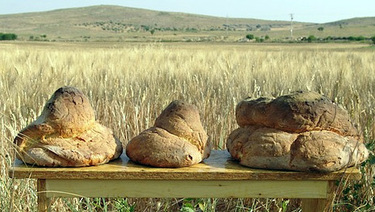 Best Bread & Baker: Altamura Bread, Forna Antica Sancta Clara We did not like Tuscan bread. There is no salt in it which makes the crust and crumb very dry and tasteless. However, one taste of Altamura bread and we were hooked. It's huge, ugly and looks like a floppy chef's hat. It can only be called Altamura if it's made in Altamura. To tell you the truth, there are other breads in Puglia very similar in taste and texture, but they will correct you if you dare call them Altamura bread. The unique thing about this bread is it can stay fresh for weeks. Although I can't attest to that claim, one loaf we bought lasted from Puglia until Rome, about four days. We recommend getting yours at Forna Antica in Altamura. Ask for Vito. He makes the BEST Altamura bread. No lie. Forna Antica Via L. Martucci 10, Altamura, Italy on FACEBOOK 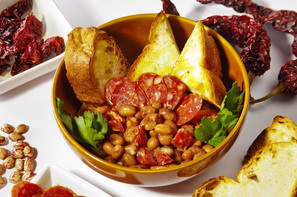 Best Soup: Panecotto, Matera In Matera we found a modern, casual restaurant in a sassi (cave) called Pannacotto. This was a pleasant surprise... great bruschetta, antipasto, but the amazing dish was the soup. A thick, stew-like mix of beans, sausage, ham, crusty bread and extra virgin olive oil. I've already made my version at home. http://www.panecotto.it/menu/zuppe/zuppa-di-fagioli-e-salsiccia/ So, there you have it. What we consider to be the best of our experiences in Italy. Of course, to find out what are really the best things about Italy, we'd have to go back again, and again, and ancora, e ancora, a ancora...
--Jerry Finzi It's useful to discuss how to put together a great pizza making tool kit before diving right into making pizza. Sure, you can just slap some dough onto a cookie sheet and stick it in the oven, but it won't give you a really good pizza. So, first things first... Flour You really can't make a decent tasting pizza with all-purpose white flour. The amount of proteins and gluten are very different. Instead, use a good quality bread flour like King Arthur's Bread Flour. I've tried others but found this brand to be the most consistent and gives a nice chewy or crisp crust, depending on your recipe and how you handle the dough. I would not recommend Pillsbury Bread flour. It makes a very sticky, somewhat soft crust--too gluey. I also would stock some King Arthur's Whole Wheat flour for times when you want a more robust crust. Mixing in about 1/3 wheat flour makes a great pie with a more dense,earthy crust. I wouldn't use all wheat flour though... the dough gets too elastic making it very difficult to spread out to the size of a larger pie.  Yeast You can make a good pizza with most types of yeast. Packets of ready rise or instant yeast are fine but I prefer to buy mine in larger vacuum packs at a big box store, like BJs. You can also use jars of yeast found in supermarkets, even if it says "bread machine". After all, it's still yeast. I've never found the need for caked yeast when making pizza. For the home pizza maker it's overkill. To prolong the life of any yeast, put it in the fridge. Yeast is alive. Cold prolongs its life and too high a temperature (especially when proofing with water) can kill it. Around 115 degrees Fahrenheit is perfect when proofing. Remember, proofing is when you activate the yeast by adding warm water and a food source, like honey or sugar. If the yeast doesn't proof, it won't rise the dough and you need some new yeast. Counter space You need a good, clear counter to handle the dough on and perhaps space nearby to transfer your dough to a peel and for prep. It doesn't have to be marble or granite, even Formica is fine. I use a wooden board especially made for pastry making. A stainless steel counter would be great. The trick is to flour the surface to keep your dough from sticking as you work with it. And for clean-up, wipe it down with a dry cloth or paper towels. Using only a damp sponge at the end to clear up any dried dough. A bench scraper is also handy for scraping off dried dough (only for wood, marble and granite--not stainless steel or Formica as these might scratch). A clear area about 20" x 20" will do fine. Pizza Stone I think any of the man made pizza stones are great and will be better than jury-rigged methods such as bricks, tiles or slate. Get as large a stone as can fit in your oven. Rectangular is better because you can do any shape or put large sheet pans on it for great heat distribution. Keep in mind to never clean your stone with soap. Just a little water and scrubby to get of any crusted drips. It will also darken in time and help give you a well cooked crust bottom, especially important when doing deep dish or Sicilian pan pizzas with metal pans. (Check the photo below: New stone on left, aged stone on right). I actually have two stones. One is light than the other. I use the darker one when I want a dark bottom and smokier, crispier crust. You can also modify the temperature of your stone for various types of pizza by its position in the oven--top, middle or lowest rack. In every case, preheat your oven at least 20 minutes for the stone to get as hot as possible. And if you want a really crusty pie, spray a little water on the stone so it steams just before placing your dough on it. This replicates a steam oven used to bake crusty breads. A hot pan with some water at the bottom of the oven also helps make a crunchy crust. Pizza Peel The most important tool for making pizzas--the Peel. The wooden type are great for prepping your pizza and then sliding onto your stone, but a thin (metal) peel is best for removing pizzas from the stone. If you get a wood one, make sure it's got a fairly thin, beveled front edge in case you want to use it for removing pizzas. You don't need a long handle unless you have a wood fired pizza oven or are making a lot of very heavy pizzas with lots of toppings. When putting your raw dough onto a wooden board, I'll suggest two methods. A sheet of parchment paper on the board under the dough will slide the prepped pizza onto a stone easily. The parchment will brown a bit but won't burn. The other method is to sprinkle a decent amount of stone ground corn meal (not too fine) on the board. The corn meal acts like little ball bearings so you can slide the loaded dough off onto the stone. I wouldn't recommend using flour. If your dough is a bit sticky it will turn the flour into glue and make it difficult to slide. One more thing... when you make pan pizzas I don't recommend using the peel to remove them. Use oven mitts. Loaded pans easily slide off peels. And when sliding a loaded pizza into the oven, make CERTAIN you have the stone in there first! I forgot once and quickly slid the dough onto the bare rack before I knew what happened. What a mess. I managed to turn it into a large stromboli and saved dinner! 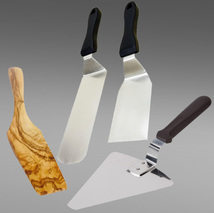 Hand Tools Of course, you need something to cut the pizza. I recommend having two pizza cutters, both small and large diameters. The larger one is best for slicing through heavy pizzas with lots of ingredients. The small diameter cutter would cut closer to the edge of deep dish pans. You can also use a double wheel pastry cutter. You can cut the crusts clear of deep pans with a good kitchen shears. If you want to get fancy, get a long mezzaluna cutter. These cut pizzas with a rocking motion. I use mine for very thick pizzas or focaccia. Another useful tool is a long spatula to lift heavy slices for serving. Lots of toppings make for a slice that can drop onto a diner's lap--you don't want that. I use two basic types: a wood handled stainless steel spatula designed for flipping pancakes (with straight sides) 12 - 20 inches long; and a triangular stainless pie server with wood handle. The first is for rectangular slices, the latter for slices from a round pie. There is even an offset spatula for deep dish pans. If you want to get really rustic, go for an olive wood spatula. Beautiful. (Hint, Hint, Santa!) Pans First of all, you can make pizzas without pans. The basic type I make is prepped on a wooden peel, slide into an oven, then taken out. Done. I use large commercial type flat pans only for serving, never for baking. In fact, you don't even need that... you can serve right from a wooden peel. It even looks rustic, especially if you have browned parchment still under it. I do have various pans for baking, though. I've tried metal flat pans for baking but I don't think the bottom of the crust browns enough. Direct contact with the hot stone is best. I tried one of those perforated pans a couple of times, but I hate that circled grid pattern it leaves on the bottom of the crust--sometimes the pie gets stuck in the holes. One of my favorite pans is a large aluminum round with 1" high sides. I use this when making a large pan pizza--thick crust. Then there are a couple of dark 10" pans for making Chicago style deep dish pies. I also have a dark rectangular pan for Sicilian pies bit I think it can over cook the crust a bit. My favorite for Sicilian pies is a standard half sheet baking pan. In all cases, you need to lightly oil the pans for easy pie removal, and I bake all pan pizzas directly on the stone rather a rack--the bottoms cook better this way.
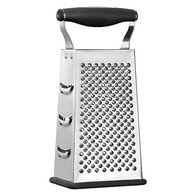 Cheese Grater This is essential for grating all sorts of cheese. A basic box cutter with several options for grating or slicing is best. One with rubber along the base will stay put while you grate. A nice large nadle with rubber grip helps too. I use the small pointy holes for grating hard cheese like romano or parmagiano and the 1/4" holes for grating packaged mozzarella, provolone, assagio or my favorite pizza cheese, fontina. Long slits can be used to slide softer cheeses like fresh mozzarella into larger rough slices. I use the 1/8" holes rarely for pizza as it grates "hairs" of cheese that melt down too fast. This side would be OK for topping off a pizza with fresh cheese "hairs". When using fresh mozzarella I either slice or chop it up with a chef's knife or sort of smoosh it into rustic pieces with my fingers. 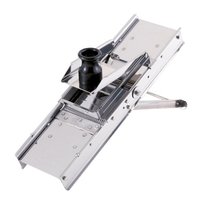 Mandoline This is optional, but I broke down and got a stainless steel pro model for around $150 a few years back and it opened up new pizza horizons. It's expensive but will last a lifetime, is sharper than my old cowboy boots and is easy to clean with a bottle brush. Once you learn how to use one safely, you can make paper thin slices of sausages, pepperoni, veggies like zucchini, potatoes and more. You can use cheaper models, like the Oxo Good Grips V-Blade--a deal at around $40. This price range has lots of choices, but you want a heavy one (that won't slide around) one that has a good size hand grip, sharp blades and the flexibility to do julienne slicing. Of course it should also be easy to clean and store... some look like they have lots of fussy and dangerous parts to deal with. If it's too finicky you will stop taking it out. That's what I love about mine... take it out, unfold the legs, flip the lever for thickness, start slicing. Once you've had a pizza with paper thin slices of a nice dry sausage or sweet slices of zucchini that cook through perfectly on a four minute pizza, you'll never go back to the knife. Watch your knuckles! --Jerry Finzi P.S. If you like what you've read, please LIKE us on Facebook and SHARE us with your friends who might also be interested. Gratzie! I caught this old film on my Tivo yesterday and we all got a kick out of watching all the travelogue scenes of Italy... Rome is deserted, you could roller skate around in front of the David in Florence... there is a trolly line in front of the Leaning Tower! Where are all the tourists?! For a look at what Italian Tourism used to be like--in 1962--check out this film. Oh, and skip over the mushy, corny parts with Troy Donahue and Susanne Pleshette. For a little taste, here's a trailer:
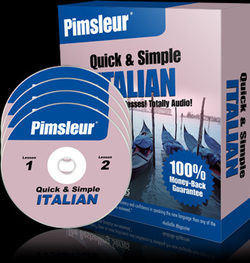 So, we actually used the Pimsleur CDs more than Rosetta--in the car. We made a deal with Lucas that on the way somewhere we'd play his music (he loves They Might Be Giants) but on the way back we'd listen to the Italian lessons. We all really got into it--replaying some lessons over and over until we got them right. Pimsleur is a very good option and uses a traditional approach--subject specific words and phrases. Useful stuff. I never really got far enough into Rosetta to learn as much as I did from Pimsleur. Also, Pimsleur uses both male and female characters--which was a good way to learn the differences in saying something to a woman rather than and man and vice versa. Here's a link to Pimsleur. There was also a third way we studied Italian: Google Translate. As long as you are signed into your Google account (Gmail) you're good to go, with a phrasebook to save all you're more important words and phrases. There is a small star that when pressed will save the translation to your very own custom phrasebook. I kept adding phrases that I thought I would need. For instance, I did sections on cursing and fending off potential crooks, health, food, and general conversational stuff. etc. Lisa and I would sit with our Kindles at night and test each other from the phrasebook lists. You can even have Translate speak to you so you can hear how the word or phase is pronounced. 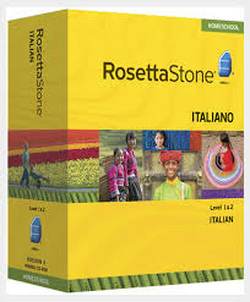 Learning Italian should be easy, after all, I'm full blooded Italian. Well, my parents never spoke Italian at home. I remember them telling me that when they got married back in the Thirties, they wanted an American household--English speaking. So I never learned my mother's tongue--Neapolitan--or my father's tongue, southern dialect from Molfetta. Sure, I learned a few words here and there... mostly slurred curse words. But I was determined I would learn some real Italian before I left for Italy. We all needed to learn some. We had two options. Lisa picked up the Italian Rosetta Stone software and we already had Pimsleur CDs. The Rosetta Stone is an odd way of learning a language. There are no translations... just photos and the spoken or written word. Their theory is to learn a language like babies do--by associating words with what you are looking at. We all tried it on the computer--Lucas too--but it was not really that convenient. You had to plug in a headset/microphone unit to use the software. Also, we found later on that their android app only covered a limited number of chapters and then they blackmailed you for more cash. More? Hey, Rosetta was expensive--$400! For that money I expected to do the whole course, whether on the computer or on my android device. And consider that the mobile version is often dumbed down. It really made it impossible to use the mobile version of Rosetta while I was taking my weekend baths. (A great place to practice a language). Another small annoyance was that Rosetta at times had trouble recognizing words as we spoke. I mean, I know that I'm saying something simple like "bambino" correctly, but sometimes it asked me to repeat 2-3 times until it understood what I was saying. I had a very good headset on a high end computer with decent sound card, so that wasn't the problem.  You can get a translation either way... English to Italian or the other way around in case you've come across some Italian that you needed translated. In fact, often I would research Italian web sites that Google didn't list a "translate this page" link (a pretty handy thing by itself). So I'd copy the full text from an article, paste it into the Italian side of Translate and presto! English. Ok, so the translations for full bodies of text were not that great, but at least I got the gist of the article I was reading. The best thing about Google Translate is the price. Free. In the end we all learned some Italian. Lucas was a bit shy but spoke perfectly when he did speak Italian. Lisa remembered a lot but face to face had a hard time coming up with the right Italian words. I did better, perhaps because I had learned some French years ago and wasn't afraid to dive in and sound Italian (I think my accent is pretty decent. Pat Pat.) Of course there were times it was difficult to have in depth conversations but I still managed to talk to a lot of different kinds of people... young, old, shopkeepers, artisans, etc. Learning a language is a skill that I wish they would push a bit more in our schools. Many Europeans know some English, but very few Americans know any French, Italian or German. In fact, I was disappointed when I discovered that our school district doesn't even offer Italian or French--both were options when I went to high school. Too bad... Dommage... Peccato. --Jerry Finzi P.S. If you like what you've read, please LIKE us on Facebook and SHARE us with your friends who might also be interested. Gratzie!
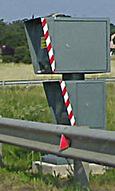 FIXED CAMERA FIXED CAMERA My advice is to look for the blue P (Parking) signs and find parking just outside of the centers of villages or tourist sites. Even in Pisa there are decent (though expensive) parking lots one block from the Leaning Tower. It's the same for Pompeii. Most towns and larger cities like Florence or Siena have public lots. These are affordable and safe (some are indoors or underground) and all are decent walking distance to the sites you would want to see. Of course, as a rule, don't leave valuables in the car. Some (like in Siena, Cortona or San Gimignano) even have escalators nearby that take you up to the center of the raised town. And if you are just passing through a small raised village, most have a loop road that goes up and around and back down again (circling the village center), usually with several parking lots along the way fairly close to the centro storico (historic centers). Again, learn to recognize and respect the ZTL. When in doubt, don't go through. When in areas where you have to go through, like when your hotel is in the ZTL, don't panic. Just make sure your hotel contacts the local police to let them know your license plate number and type of car so you don't get a ticket. For example, in Matera it was impossible to get to our hotel in the heart of the old sassi section without driving through a ZTL. We gave our plate number to the hotel staff to call into the police. (Hopefully, that worked.) You can even get a special handicapped permit if you are staying inside Florence's historic center. And when you have return a car like I had to, in downtown Florence, use Bing Maps or Google Earth street view (before your trip) to take a look around at street level for the ZTL signs. Do a drive through at ground level in Earth. This is especially helpful for Florence. There is only one way IN to the car rental return garage and one way OUT. Any other streets will take you into a ZTL. Most of this is by design to raise revenues. Just educate yourself to get around the ZTLs safely. I should mention that the ZTL zone in Florence is really big--pretty much the entire tourist center. This is one of the reasons why we opted out of going into Florence itself. We would've had to park in a lot very far from the tourist sites and either take the confusing buses or walk it. With my poor legs, that would have been a real effort. In fact, Lisa and I recently discussed that if we ever do get back to Florence we would stay inside the center to make things easier. There is so much to see in Florence that I'm sure a nice way to see it all is throttle back, not go anywhere else BUT Florence for about a week. Perhaps that's another trip... Speeding and Speed Traps: Well, the good news is, driving on highways in Italy is actually a bit safer than here in the U.S. First of all, the fast lane (as we call it) is really a passing lane that most Italian drivers seem to respect. If you enter the passing lane, you are expected to pass the slower traffic in the other lanes, and then to move back out of the passing lane. Guess what? They actually do it. This means if you park yourself in the middle lane and someone comes up behind you, he won't ride your butt but zoom around you in the passing lane. Just make sure you don't go into the passing lane and NOT pass. If you coast along without passing, you WILL have someone hugging your rear. Also, be aware that once in a while you'll get a speed demon blasting by everyone--but at least they're in the passing lane. Expect to be shocked once in a while, or keep an eye in your rear view mirrors so you don't get spooked. In general, keep below or at the speed limit. There are so many ways for local and regional Italian governments to catch you. Why chance it? Now, as for the speed zones. There are basically two types of speed control technologies used in Italy. The first is cameras. They take a picture of your license plate and give you a ticket automatically. You'll never see a policeman and the ticket may take the better part of a year to get to you. There are fixed cameras--large gray boxes on the side of the road or hanging from a bridge or pole. The other type of camera is mobile and operated by a policeman sitting on the side of the highway.
GVI Driving Tip: Before traveling to Italy, check out signs on Google Earth (street view) in areas you will be traveling in. If the signs are a bit wordy, pull up Google Translate to find out what the sign says. I found this enormously helpful for finding out restrictions on parking signs, signs posting the schedule of the local market day in the piazza, etc.
Safe driving! --Jerry Finzi I just thought it would be fun to post a clip of the Roman Holiday scene where Gregory Peck and Audrey Hepburn visit the Verita della Bocca. Enjoy. Happy New Year! We just thought you might enjoy this little gift from us... one of our favorite versions of Pharrell Williams' Happy. A video greetings from Molfetta, Puglia, Italy. Enjoy and have a happy new year. The Finzi Family |
Categories
All
Archive
June 2024
|


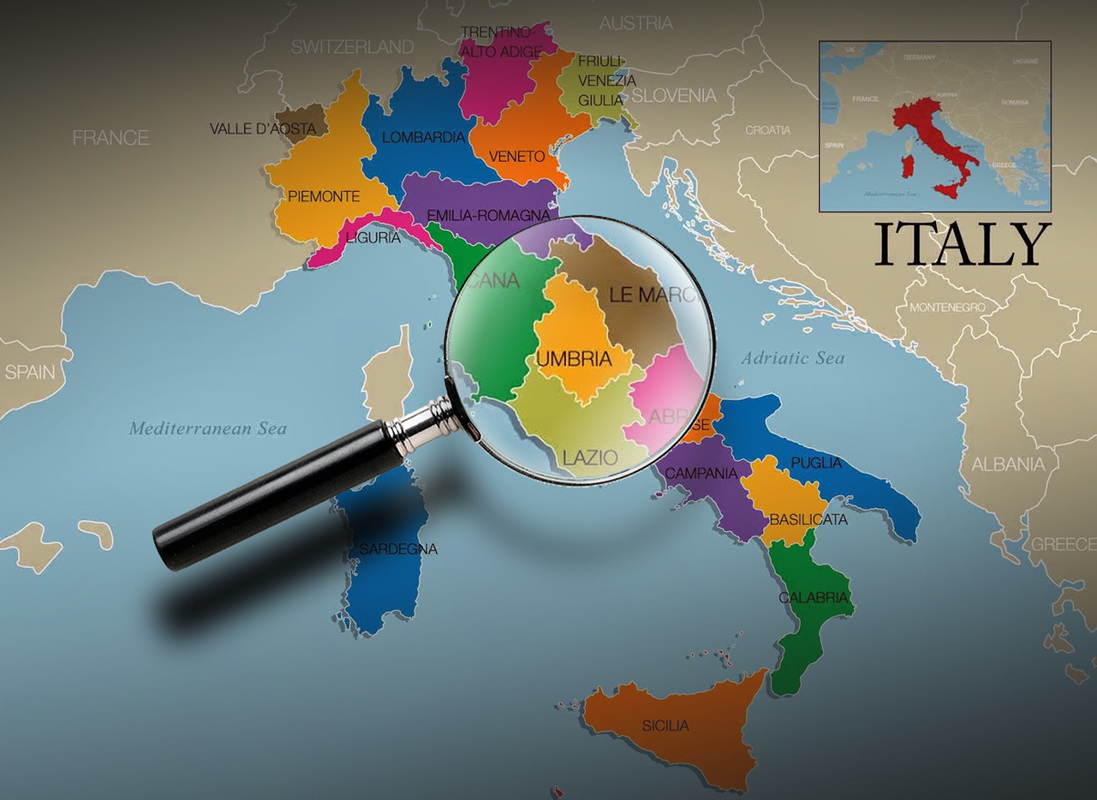
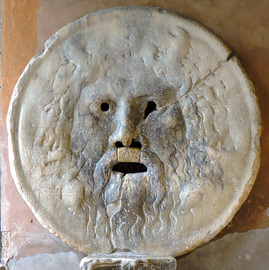
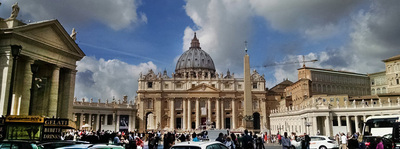
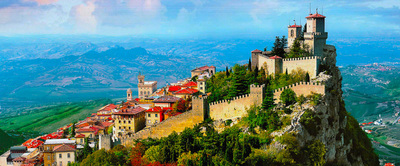
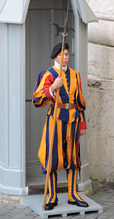
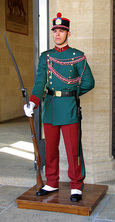
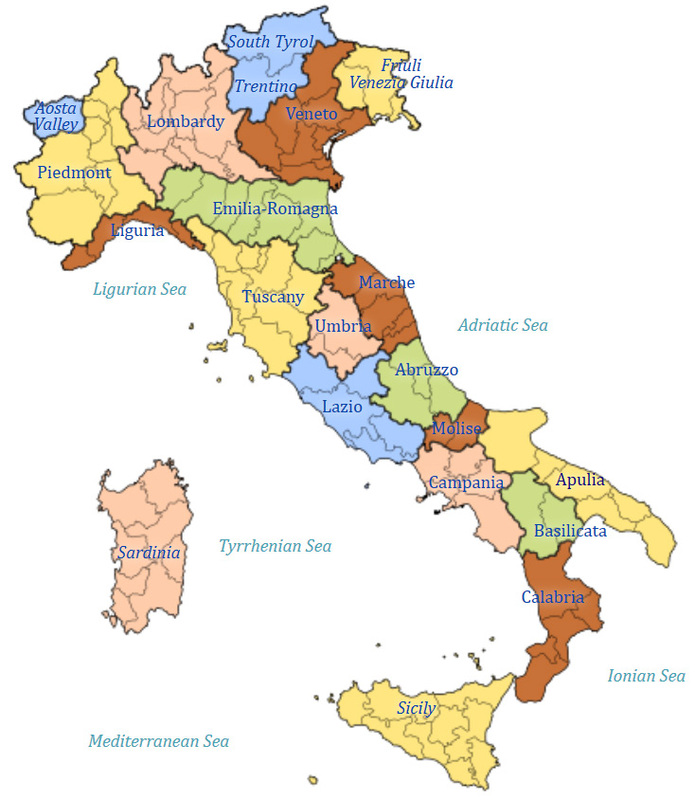
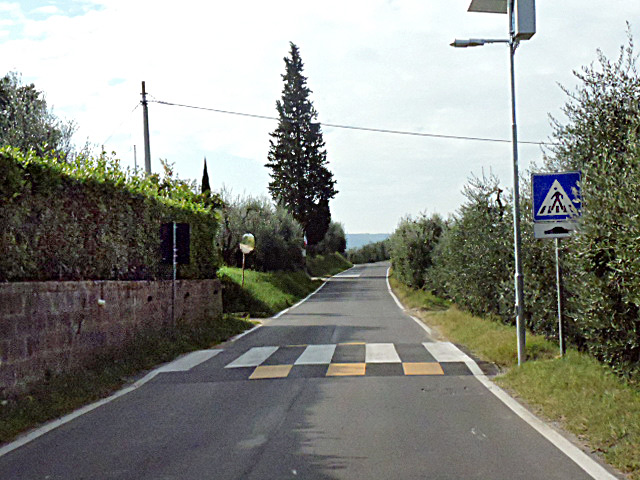
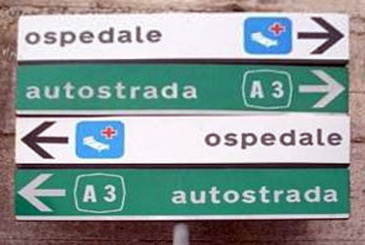
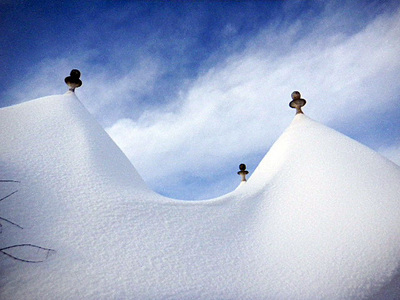
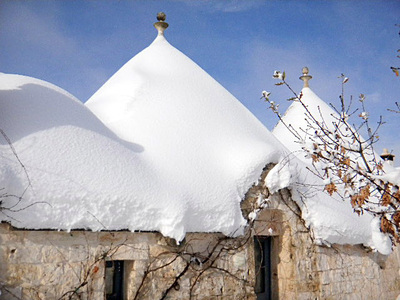
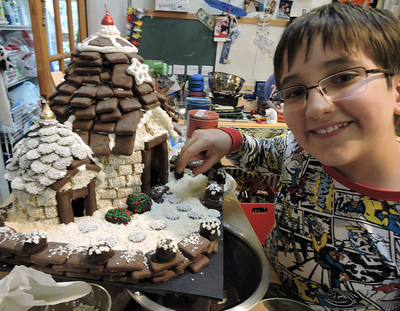
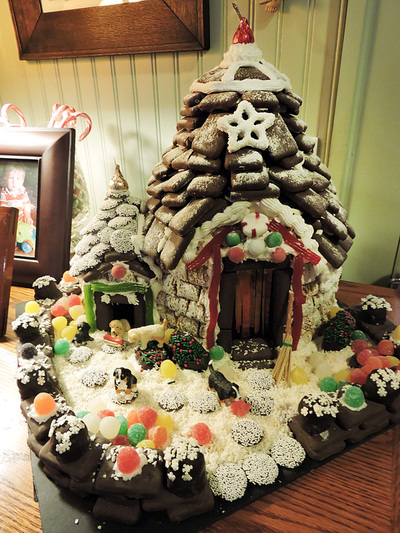
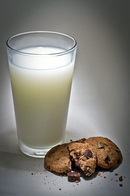

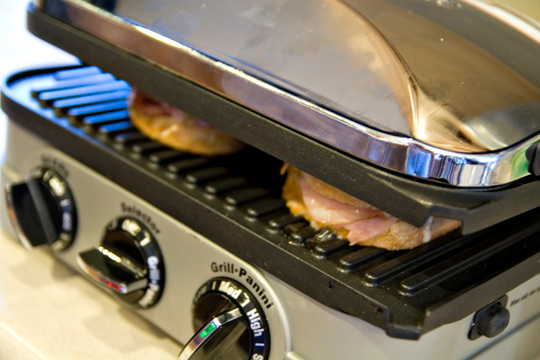
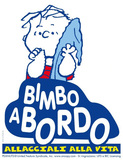
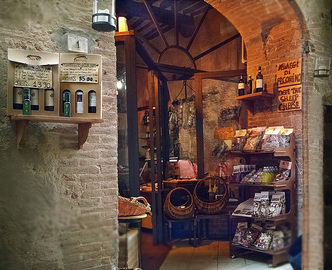
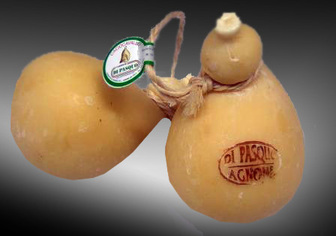
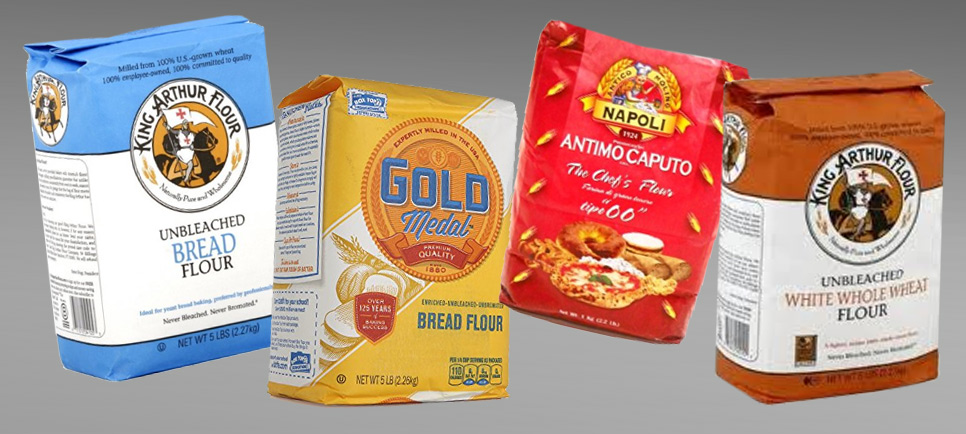
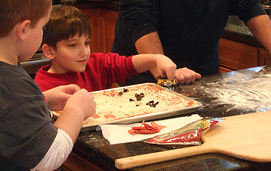
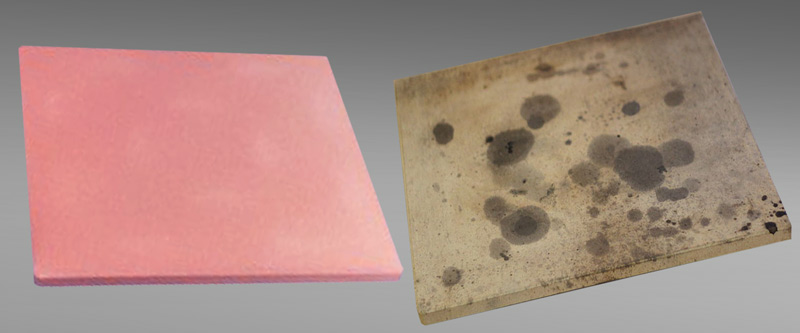
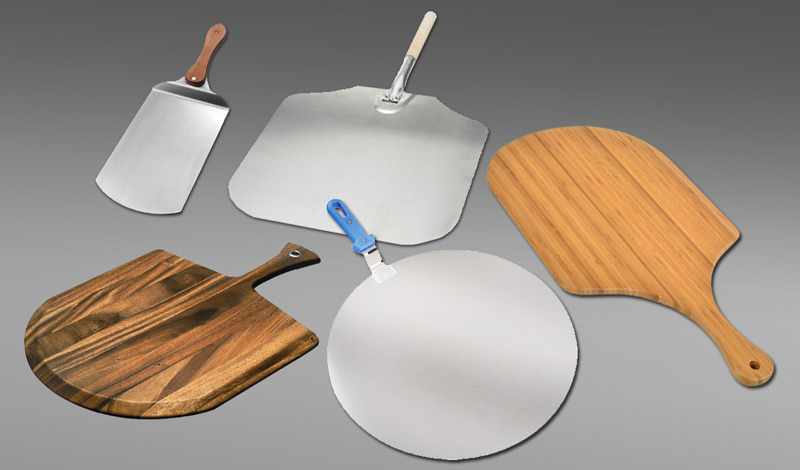
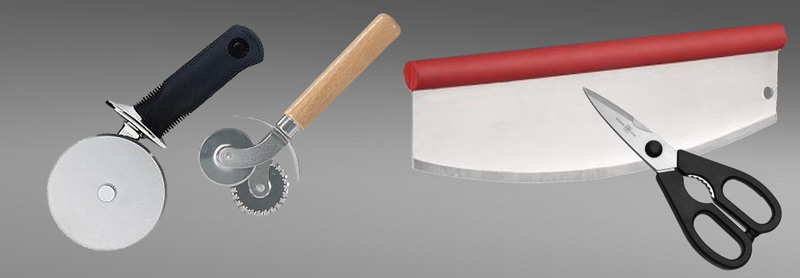
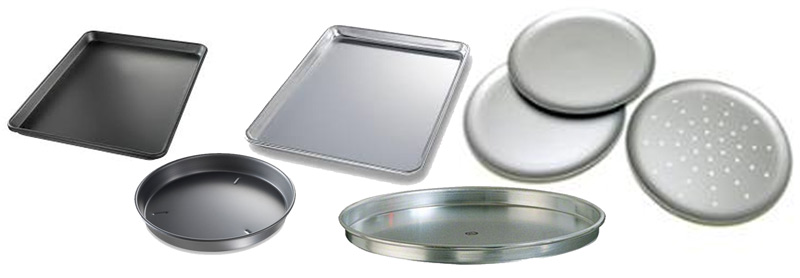
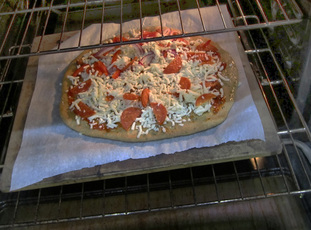

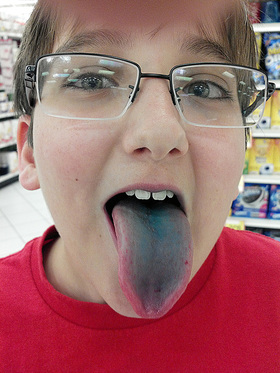
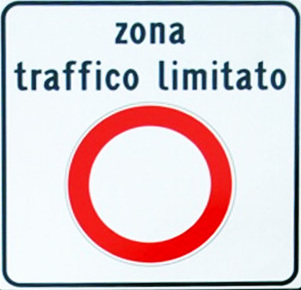
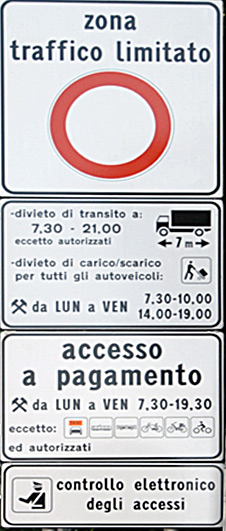
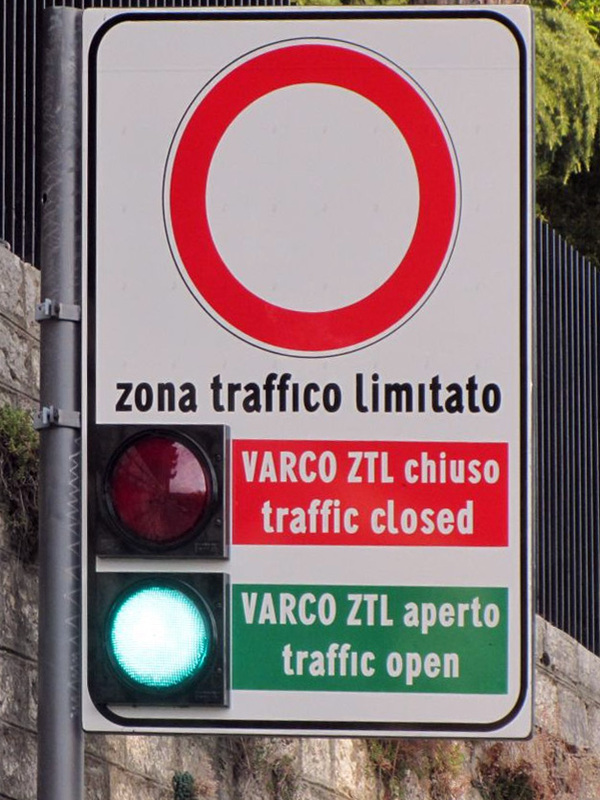
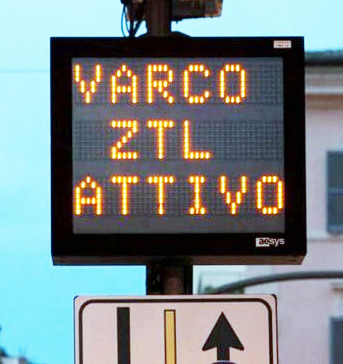
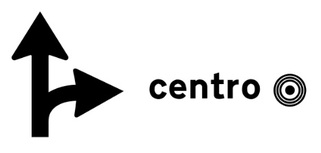
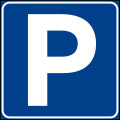
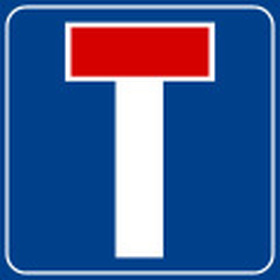
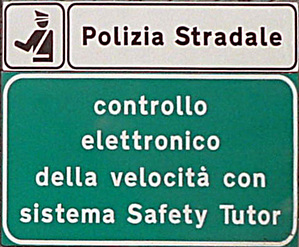
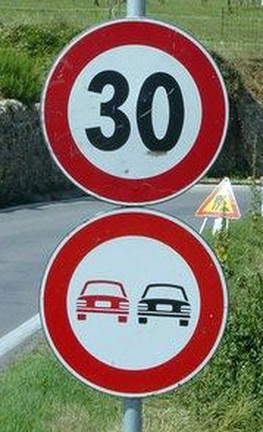
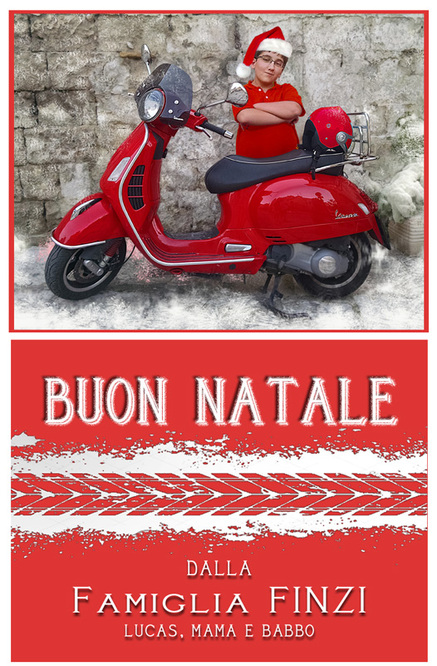
 RSS Feed
RSS Feed
